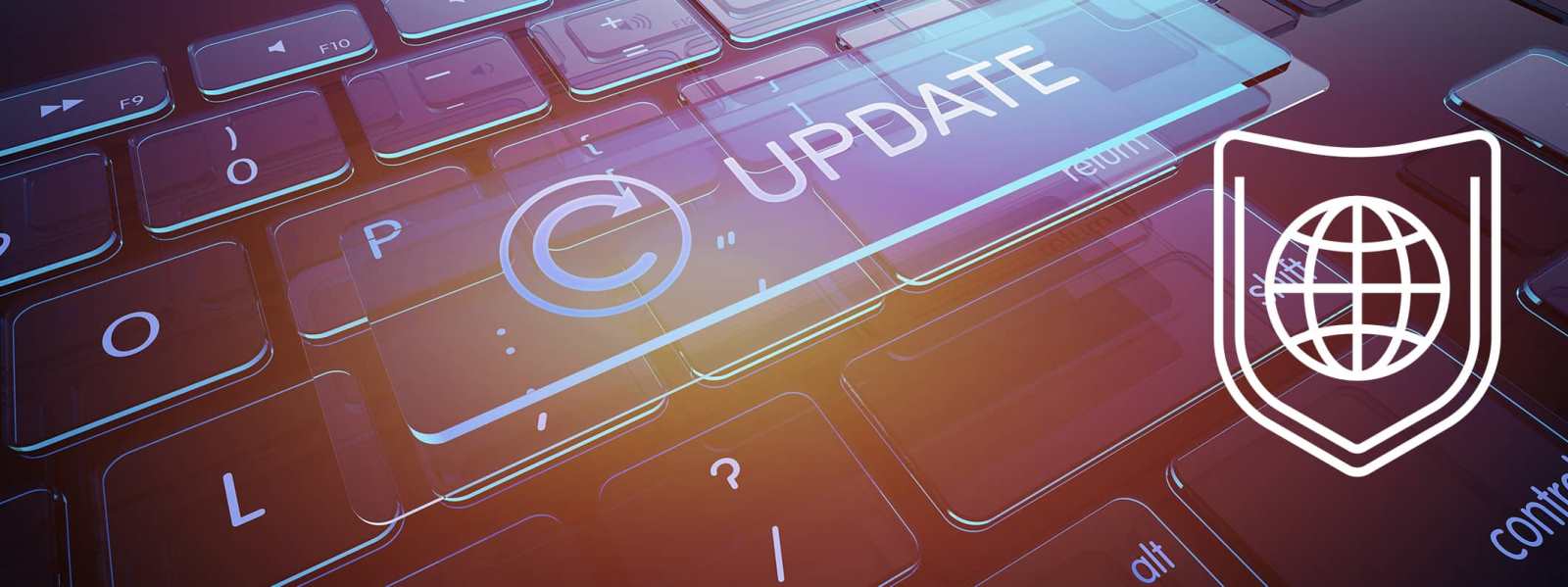Protect your devices and information by keeping software up-to-date and using anti-virus.
Always update software and apps as soon as possible. Updates are released to fix weaknesses that might otherwise be exploited by cybercriminals.
Antivirus software is essential to protect your computer from viruses and other types of malware, such as ransomware and spyware.
Watch Computer Updates from Get Safe Online on Vimeo.
Top tips for software and app updates
Do not ignore prompts on your computer, smartphone or tablet that notify you that a new update is available.
The few minutes it takes to apply an update could save you a huge amount of time and inconvenience by stopping your device from becoming infected with malware.
Your device will have options to install updates automatically. You can choose to apply updates at night.
Make sure you’re using the latest version of your web browser; go to the What Browser? website to check if you need to update to the latest version.
Anti-virus software
Anti-virus software helps to protect against viruses and other types of malware, such as ransomware and spyware. Malware can have very serious consequences, such as:
- identity theft and fraud
- deletion, theft and corruption of data
- a slow or unusable computer
Keeping your anti-virus software up to date is essential. Thousands of new viruses are detected every day, with lots of variants of new and existing ones emerging. Most antivirus software updates automatically to provide protection against the latest threats.
Antivirus software detects and removes, or disables, malicious programmes. It does this by:
- scanning email attachments as they arrive in your inbox
- checking files as you open them to make sure they are not infected
- performing regular scans of the files on your computer
Some anti-virus programmes have additional features, such as scanning USB devices when they are connected, or highlighting suspicious websites.
